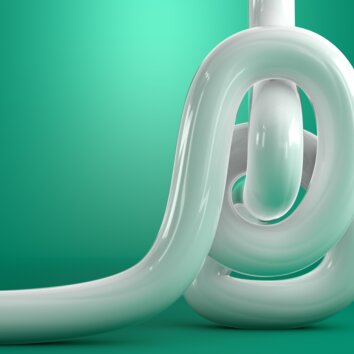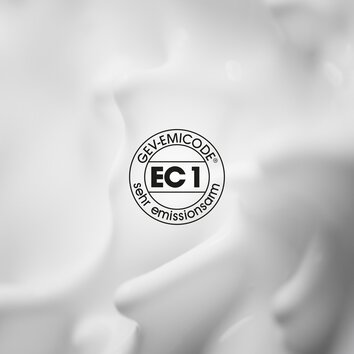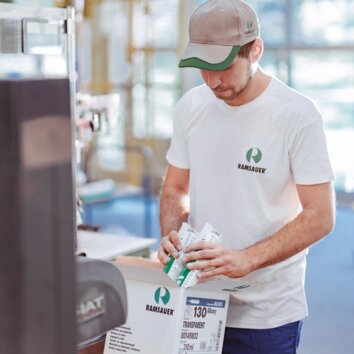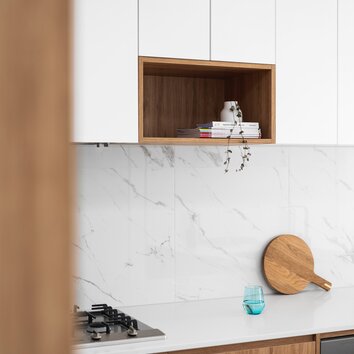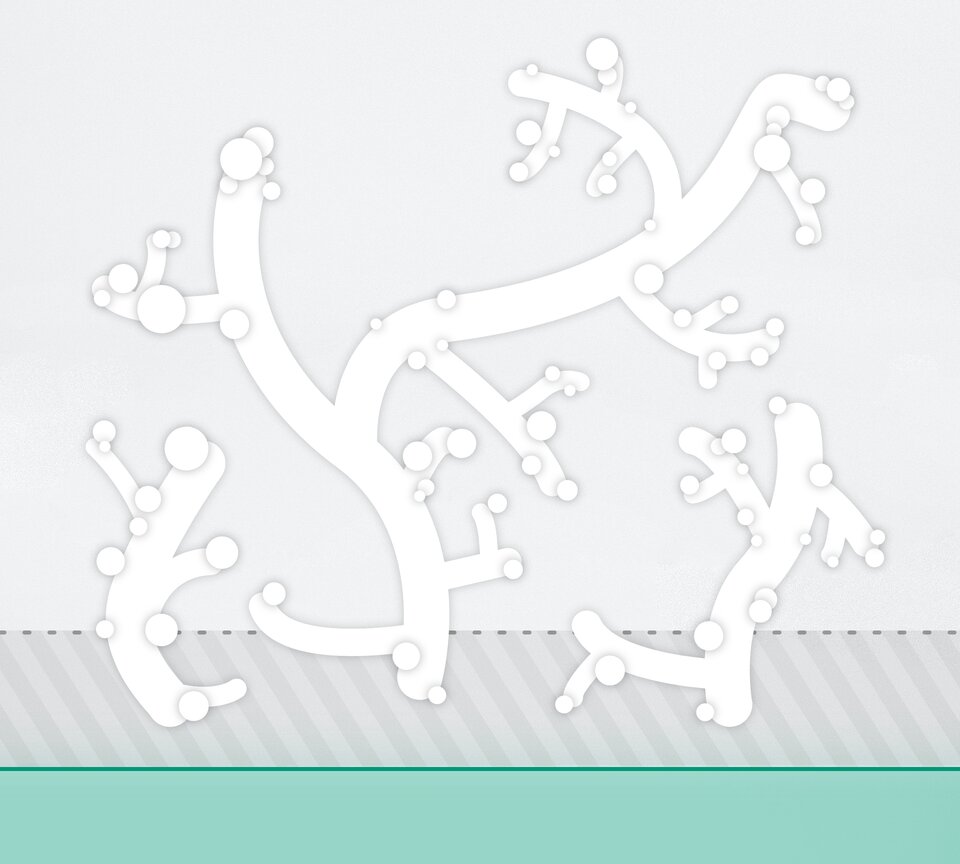
Unsightly edges in the corners and joints of tiles? Especially in bathrooms, moisture, organic residues and heat offer mould spores optimal conditions to spread. With the right choice of sealant and a few helpful tips, mould can be eliminated.
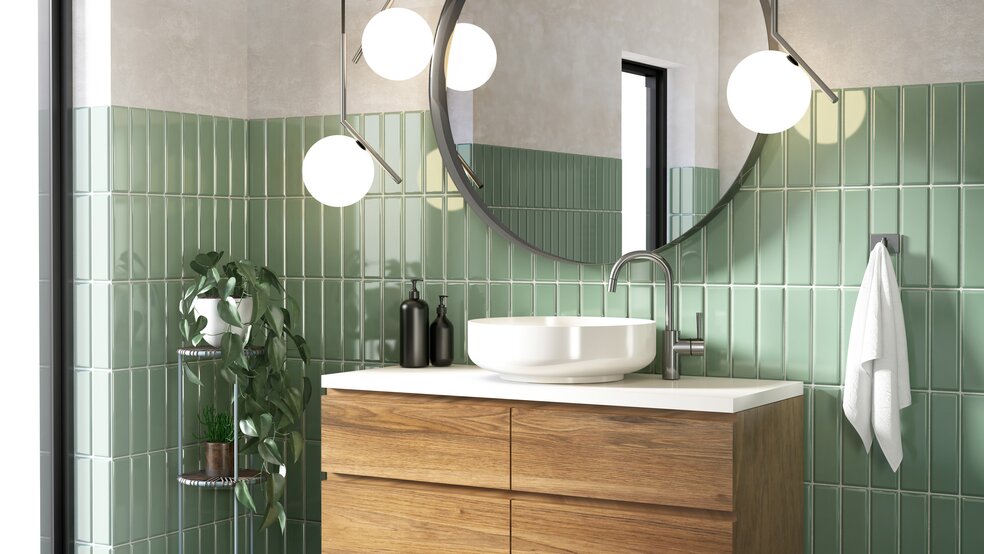
Avoid mould in the bathroom by using the right joint
The basic prerequisite for preventing mould in bathrooms is an intact, waterproof and clean joint. This is because the combination of dirt and moisture provides an ideal breeding ground for the growth of mould spores. In order to ensure that residues can be properly removed, you should use abrasion-resistant silicone than can be easily smoothed for perimeter joints of bathtubs and shower trays. When sealing joints, make sure that the surface is smooth so that water can run off. Fungicidal and bactericidal agents in the sealant have an anti-fungal effect and can thus delay mould growth over a long period of time.
How to prevent mould:
- Regular intermittent ventilation can prevent mould.
- Dry the joint after it has come into contact with water (e.g. after showering or bathing).
Clean the joint regularly using disinfectant containing chlorine.
Removing joint mould
For mould to develop, the spores must find substances that they can use as nutrients. In most cases, it is not the sealant itself that moulds but dirt residues such as soap residues or dust. This is called primary infestation. In combination with moisture, this results in the formation of mould, which becomes visible as black or yellow spots. If you discover such discolourations in your bathroom, the mould can usually still be removed using cleaning agents containing chlorine.

Once the mould has bonded with the sealant, this is called secondary infestation. The only solution in this situation is to remove the joint together with the mould. To do this, you can cut the silicone out of the joint using a cutter knife or remove it using a special agent. Before reapplying the sealant, the entire area around the adhesion surface needs to be disinfected. Always apply the new seal with a fungicidal sealant.







